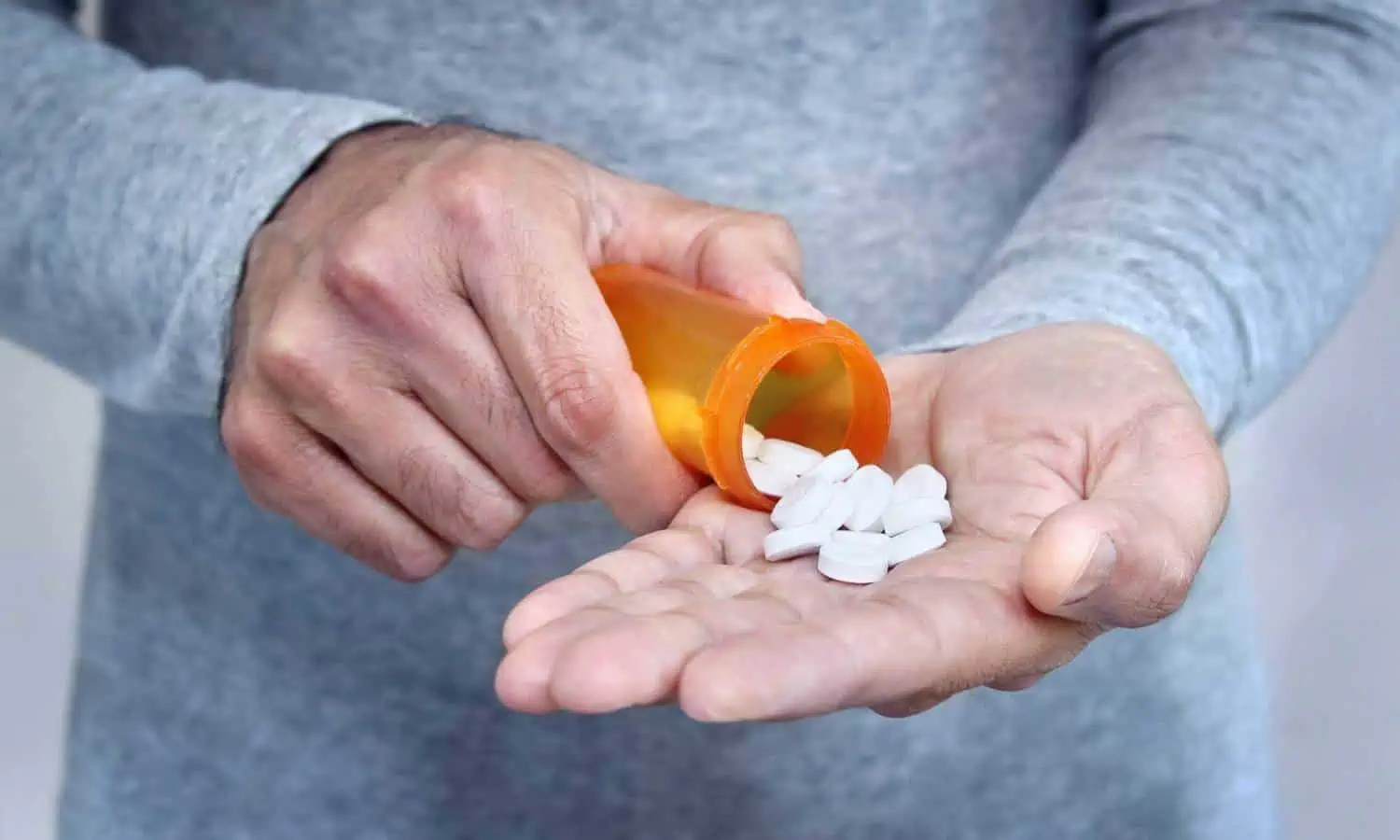Kratom is a tropical evergreen tree whose leaves have been historically used for stimulant and pain-relieving effects, with its primary active compounds being mitragynine and 7-hydroxymitragynine. Its effects are dose-dependent, and people use it for pain relief, relaxation, and energy enhancement, though its legal status varies, and the FDA has not approved it for any medical condition due to safety concerns and potential for addiction. Treatment for kratom addiction is similar to opioid addiction treatment, often involving medication and behavioral therapies.
Kratom (Mitragyna speciosa) is a tropical evergreen tree in the coffee family, native to Southeast Asia. Historically, the leaves were chewed, smoked, or brewed into tea for their stimulant and pain-relieving effects. Traditional herbal medicine has utilized kratom since at least the 19th century.
The primary active compounds are alkaloids, mainly mitragynine and 7-hydroxymitragynine.
Mitragynine acts as a partial agonist at opioid receptors, but also interacts with other brain systems (serotonergic, dopaminergic, and adrenergic). 7-hydroxymitragynine is a more potent opioid receptor agonist, even exceeding the potency of morphine.
The effects are dose-dependent: lower doses tend to be stimulating, while higher doses are more sedative. Effects usually begin within 5 to 10 minutes and last 2 to 5 hours.
The variability in alkaloid content, even within leaves from the same plant, contributes to unpredictable effects and complicates both recreational use and any potential therapeutic applications.
Why Do People Use Kratom?
People use kratom for a variety of reasons, often seeking self-treatment for various conditions. According to a 2024 survey, the most common reasons include
- Pain relief (57.5% of users)
- Relaxation and stress relief (53.6%)
- Energy enhancement (49.6%)
This data suggests that many users view kratom as a functional supplement rather than a recreational substance. However, this targeted use raises concerns for individuals with existing substance use disorders who may view kratom as a safer alternative to prescription medications or illicit substances.
What Are the Different Forms of Kratom?
The kratom market offers a wide range of products. The most common forms include:
- Capsules, tablets, and pills
- Gummies
- Extract powder
- Leaf powder
Kratom powder formulations continue to dominate market share according to industry analyses, offering consumers the ability to measure doses and mix the material with liquids or foods. Extract products, including concentrated liquid shots and tinctures, represent a growing segment of the market due to their convenience and increased potency, though these formulations raise particular safety concerns due to their concentrated alkaloid content. The lack of standardization and regulatory oversight in kratom manufacturing results in unpredictable effects and inconsistent product quality, emphasizing the need for increased research to establish reliable safety guidelines and dosage recommendations.
Is Kratom Legal?
The legal status of kratom is complex and varies significantly.
- Federal level: Kratom is not federally controlled but is considered a “Drug and Chemical of Concern” by the DEA. The FDA has issued import alerts and seized shipments containing kratom.
- State level: As of October 2025, Alabama, Arkansas, Indiana, Rhode Island, Vermont, and Wisconsin have banned kratom. Other states have regulations focused on quality standards, age restrictions, and labeling. For example, Florida placed 7-hydroxymitragynine into Schedule I status in August 2025, effectively making kratom illegal in Florida without explicit carve-outs for natural Mitragyna speciosa containing low amounts of the alkaloid.
- International level: Some Southeast Asian countries, like Thailand, have moved towards regulated legal production for medical use.
The FDA maintains that kratom is not lawfully marketed as a dietary supplement and cannot be lawfully added to conventional foods, based on available scientific data and safety concerns. In 2019, the FDA stated that there is no evidence that kratom is safe or effective for treating any medical condition, and the agency has not approved any prescription or over-the-counter drug products containing kratom or its associated compounds. Recent regulatory developments have intensified with the FDA’s 2025 recommendation to schedule 7-hydroxymitragynine as a controlled substance, specifically targeting concentrated products while distinguishing them from natural kratom leaf products.
Can Kratom Be Used to Manage Opioid Addiction?
While some use kratom to manage opioid withdrawal, scientific evidence supporting this use is limited. Some users report that kratom helps reduce cravings and ease the transition away from opioids.
The theoretical basis is that kratom’s alkaloids activate opioid receptors, potentially preventing withdrawal symptoms. However, the FDA has not approved kratom for this purpose, and standardized products and dose-response data are lacking. Clinical case reports have documented instances where individuals dependent on kratom have been successfully treated using traditional opioid addiction medications, including buprenorphine and buprenorphine-naloxone combinations.
FAQ: Why Can Kratom Be Dangerous?
Despite potential benefits reported by users, kratom carries significant risks. The FDA has issued a warning to consumers about the potential for serious adverse events. It’s important to be aware of the Kratom dangers. Some concerns are listed below.
- Common kratom side effects include appetite loss, erectile dysfunction, nausea, constipation, weight loss, dry mouth, muscle pain, and elevated blood pressure.
- More severe effects include respiratory depression, seizures, psychosis, elevated heart rate, insomnia, and liver injury.
- Can kratom cause liver damage or failure? Yes, chronic use has been linked to acute liver injury.
- Neurological and psychiatric effects include dizziness, hallucinations, delusions, depression, confusion, tremors, and seizures.
- Does long-term kratom use cause psychosis? Several case reports have documented kratom-induced psychosis.
- Drug interactions are a concern, especially with opioids. The FDA warns against products containing concentrated 7-hydroxymitragynine due to the risk of kratom overdose.
- Adverse interactions of kratom with prescription drugs have been documented.
- Reported deaths linked to kratom use have occurred, though often in combination with other substances.
- Is kratom safe? The FDA says there is no evidence that kratom is safe or effective for treating any medical condition.
- Why is kratom not approved by the FDA? Kratom has not been subjected to the rigorous clinical testing required to establish safety and efficacy for medical use.
- Kratom toxicity is a concern, particularly with unregulated products.
- Unsafe kratom products may contain contaminants like heavy metals and bacteria.
- Kratom and neonatal abstinence syndrome risk: Documented cases of neonatal abstinence syndrome in infants born to mothers who used kratom during pregnancy.
- Is kratom more dangerous than people realize? Given the potential for serious side effects and addiction, many experts believe the risks are underestimated.
- Physical signs of kratom overdose include respiratory depression, seizures, and loss of consciousness.
- Severe psychological side effects of kratom can include hallucinations, delusions, and psychosis.
- Is kratom a dangerous opioid substitute? While some use it for opioid withdrawal, it carries its own risks of addiction and adverse effects.
Regular kratom use can lead to tolerance, physical dependence, and kratom addiction. Warning signs of kratom dependence and abuse include using more kratom to achieve the same effect, experiencing withdrawal symptoms when stopping, and continuing to use kratom despite negative consequences.
Kratom Addiction Treatment
Kratom withdrawal can be challenging. Kratom withdrawal symptoms and duration vary, but can include depressed mood, anxiety, restlessness, muscle aches, insomnia, diarrhea, and feverish sensations. Some reports suggest that kratom withdrawal may persist for longer periods after last use, potentially up to three months, compared to typical opioid withdrawal lasting approximately one week. What is kratom detox and treatment like?
- Treatment approaches are similar to opioid addiction treatment.
- Buprenorphine-naloxone may be used for detoxification and maintenance.
- Non-opioid medications like clonidine can help manage withdrawal symptoms.
- Behavioral therapies, such as cognitive behavioral therapy (CBT), can address underlying reasons for kratom use.
If you’re wondering how to stop using kratom safely, consult with a healthcare professional or addiction specialist to develop a safe and effective plan. If you or someone you know is struggling with ratom addiction, seeking professional help is crucial.
Mountainside offers a free weekly virtual kratom support group. In addition, we offer comprehensive and individualized treatment plans for kratom addiction and will meet you where you are. Contact us today to speak with an admissions specialist.
If you or a loved one is struggling with addiction, Mountainside can help.
Click here or call (888) 833-4676 to speak with one of our addiction treatment experts.

 By
By 







